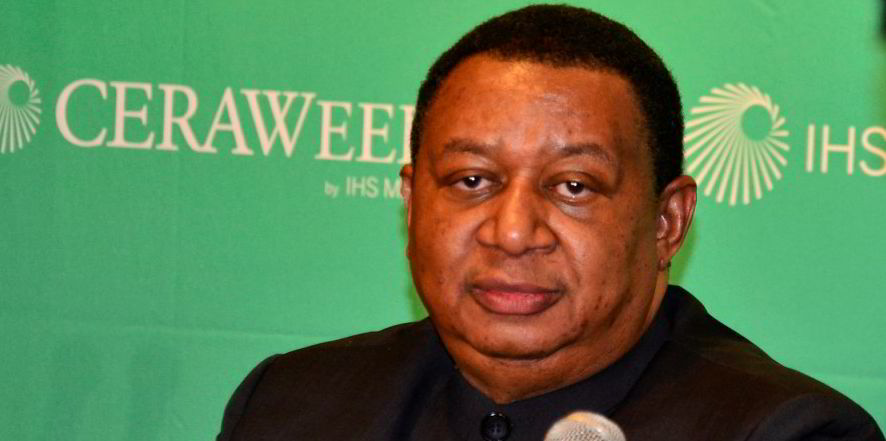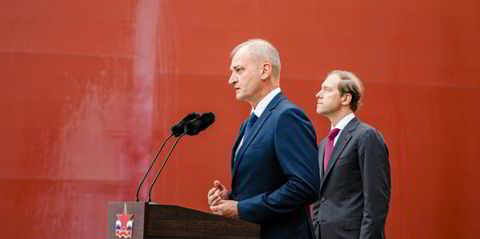Tanker owners are looking for a lifeline from Opec and its Russia-led allies as crude prices rise to 13-month highs.
With improved demand prospects amid mass Covid-19 vaccination programmes in many countries, Opec+ is widely expected to agree to a crude production hike during the next ministerial meeting on 4 March.
“We would expect that Opec+ will agree to increase supply from April onwards,” Gibson Shipbrokers research head Richard Matthews told TradeWinds. “Higher prices will of course increase the incentive for higher output.”
“Overall we expect [more] oil on the water from April, which will start to see tanker demand recover.”
Clarksons Platou Securities, presenting one of the most bullish scenarios for shipping, said a 3m-barrel-per-day hike could add demand for about 75 VLCCs.
“All eyes are now on the Opec+ meeting next week where more oil production is expected,” the investment bank’s analysts Frode Morkedal and Omar Nokta wrote in a note. “The question is just by how much.”
Destocking
In April last year, Opec+ agreed to reduce output by 9.7m bpd in an unprecedented move prompted by the collapse in oil demand during the pandemic.
The producers had adjusted production upwards by 2.5m bpd between August and January, in line with demand recovery. Then, Saudi Arabia announced a surprise cut of 1m bpd from February through March to accelerate the pace of petroleum destocking.
Matt Smith, ClipperData commodity research director, agreed momentum is now behind more Opec+ output following the recent price rise.
“Saudi Arabia will likely be cautious about opening up the spigots too much too soon, although other members will be much more keen,” Smith said.
The alliance's decision could determine crude prices and tanker demand, but difficult decisions lie ahead for member states as their opinions vary, Bimco’s chief shipping analyst Peter Sand said.
“As the year progresses and global crude-oil demand recovers, the Opec+ alliance will find itself walking a tightrope when it comes to balancing production cuts with the demands of its most dominant producers,” Sand said.
Much-needed revival
Kpler data showed 65.3m barrels of crude were stored at sea for seven days or longer as of Friday, much lower than the record high of 205m barrels on 28 June 2020.
The release of tonnage back into spot trading has come as shipping demand is lacklustre due to the Opec+ supply cut, resulting in extremely weak tanker earnings.
Clarksons Research estimated the average rate for the whole fleet was just $5,229 per day at one point in mid-January — the worst figure for at least 20 years.
“Needless to say, any increase in output will provide a much-needed boost to crude tanker markets,” Vortexa’s senior freight analyst Arthur Richier said.
“The Middle East market is a graveyard where young tankers go to die and older ones keep a lid on rates. Especially with bunker prices on the rise, not all costs can be passed on to charterers.
“Any additional crude supply that relieves prices will help ease bunker prices as well.”








